By Brittney Whipple and Genesis Haller
Welcome to the Blount County Recycling Center!
The Blount County Recycling Center (BCRC) opened in December of 2017 and is managed by the Blount County Highway Department. The BCRC is open to City of Alcoa, City of Maryville, and Blount County residents. The BCRC is located at 331 Levi St. in Maryville and is open on Tuesday, Wednesday, Thursday, and Saturday from 8 AM- 4:30 PM.
The BCRC accepts mixed paper, metal cans, plastics, corrugated cardboard, newspapers, glass, oil-based paint, 4ft and 8ft fluorescent tubes, used motor oil, and other forms of household hazardous waste. The center has three large bins: single stream recycling, corrugated cardboard recycling, and newspaper recycling. Additionally, there is a smaller blue bin for glass recycling. Household Hazardous waste is stored in a shipping container on site and alongside the office.
The BCRC does NOT accept styrofoam, plastic bags and film, disposable silverware/straws/napkins, food waste, trash, latex paint, electronics, appliances, batteries, or other light bulbs. Please refer to the recycling and hazardous waste webpages at KeepBlountBeautiful.org to stay up to date on what is accepted and unaccepted for recycling.
Single Stream Recycling
Single stream recycling means that all recyclables are mixed together in the same bin rather than sorted by material. The materials are separated later at West Rock Recycling in Knoxville. The single stream bin has a compactor to pack the recyclables and fit as much as possible.
The single stream bin at the BCRC accepts mixed paper (office paper, junk mail, paper bags, paperboard, magazines, paperback books, aseptic containers), metal cans (aluminum and steel), and plastics (currently #1 and #2 plastics are being recycled. NO plastic film or bags).
Corrugated Cardboard
Corrugated cardboard has three layers of paper and mostly includes moving boxes and shipping boxes. Although corrugated cardboard is considered single stream, the county can sell it directly to WestRock when separated. Like the single stream bin, the corrugated cardboard bin has a compactor so boxes do not need to be broken down.
The corrugated cardboard bin has a compacter that smashes all of the cardboard to the back to fit as much as possible.
Newspaper
The newspaper bin is for newspapers only. Although newspaper is considered single stream recycling, it is end-of-life paper that has reached the end of its life span, so it is separated for efficiency. Paper can only be recycled about 7 times before its fibers are too small to make new paper products.
Designated bin for newspapers only.
Glass
Blount County began its glass recycling initiative in 2021 with grant funds from TDEC. The Blount County Highway Department was able to purchase a pulverizer that pulverizes the glass waste into a fine sand material. This material is then used as various forms of aggregate in county projects, saving money and natural resources. As of May 2024, the BCRC has collected 450,000 lbs. of glass waste for recycling.
Glass Pulverizer
The blue “Glass Only” bin at the BCRC is the only location in Blount County where glass is accepted. Glass should not go in your curbside bin or in the City of Maryville Recycling Center bins.
All colors of glass are accepted and do not need to be sorted. Caps and lids should be removed, but paper labels can stay on. Please do not place laminated glass, ceramics, or pottery in the glass bin.
Household Hazardous Waste
Since December 2018, the recycling center has operated a hazardous waste collection facility. This facility is funded by a TDEC grant and replaced a collection event that happened just once every year. Now, hazardous waste disposal is accessible year-round.
Hazardous waste is harmful to the environment and cannot be thrown away with your normal trash. Household hazardous waste includes any toxic, corrosive, reactive, or flammable waste. This includes chemicals, cleaning products, automotive products, home improvement products, mercury thermometers/thermostats, lawn chemicals, and more.
Items that are not accepted include medical waste, gunpowder or ammunition, smoke detectors, etc. For a full list of accepted and unaccepted items for Household Hazardous Waste, visit here.
Hazardous Waste Collection Facility (made of an old shipping container)
Oil-based paint
Oil-based paint is the only paint that can be disposed of at the Recycling Center. This type of paint is flammable, therefore it is considered as household hazardous waste. All oil-based paint should be used up, given away, or brought to the Recycling Center for proper disposal.
The Recycling Center does not include latex (water) based paint because it is not toxic. Latex paint can be mixed with cat litter, sand, shredded paper, sawdust, or a paint hardener to dry. Once dried, the paint can be disposed of with your regular household garbage.
Fluorescent tubes (4ft and 8 ft) and Used Motor Oil
4ft and 8ft fluorescent tubes are accepted for recycling at the center. This does not include fluorescent bulbs or other lightbulbs.
The Recycling Center also accepts used motor oil, which is used to heat the Blount County Operations Center.
Schedule a tour of the Blount County Recycling Center
Want to see it for yourself? Schedule a Blount County Recycling Center tour with Keep Blount Beautiful by filling out the form on our website or emailing programs@keepblountbeautiful.org.




















